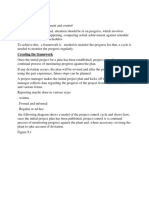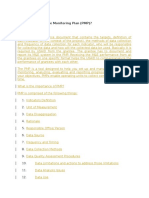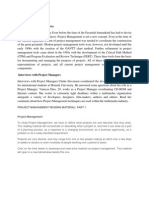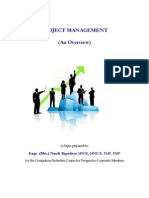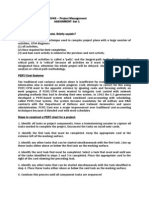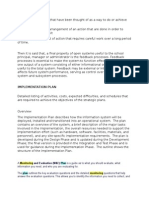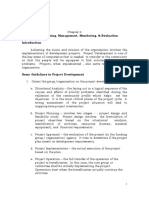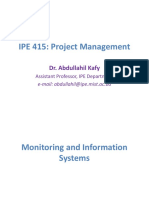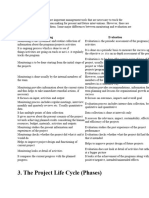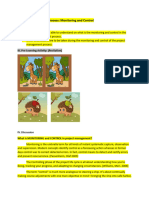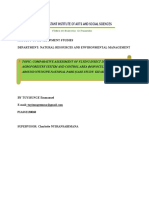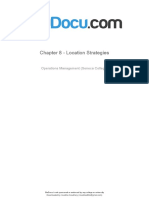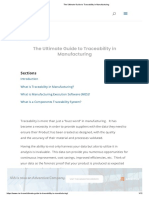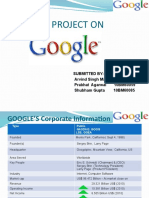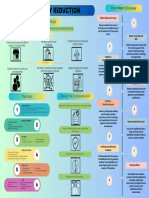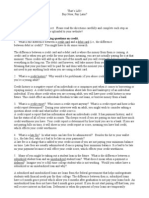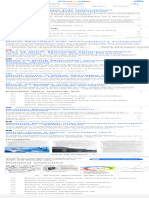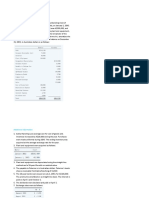0% found this document useful (0 votes)
11 views14 pagesIndividual Assi Irene
The document discusses the importance of project management tools like GANTT charts and Project Management Information Systems (PMIS) in organizing and monitoring project tasks and deliverables. It emphasizes the need for effective data collection, monitoring processes, and clear project scope management to ensure successful project execution. Additionally, it outlines the roles of PMIS in resource allocation, stakeholder communication, and adapting project scope to meet objectives.
Uploaded by
TUYISUNGE EmmanuelCopyright
© © All Rights Reserved
We take content rights seriously. If you suspect this is your content, claim it here.
Available Formats
Download as DOCX, PDF, TXT or read online on Scribd
0% found this document useful (0 votes)
11 views14 pagesIndividual Assi Irene
The document discusses the importance of project management tools like GANTT charts and Project Management Information Systems (PMIS) in organizing and monitoring project tasks and deliverables. It emphasizes the need for effective data collection, monitoring processes, and clear project scope management to ensure successful project execution. Additionally, it outlines the roles of PMIS in resource allocation, stakeholder communication, and adapting project scope to meet objectives.
Uploaded by
TUYISUNGE EmmanuelCopyright
© © All Rights Reserved
We take content rights seriously. If you suspect this is your content, claim it here.
Available Formats
Download as DOCX, PDF, TXT or read online on Scribd
/ 14





